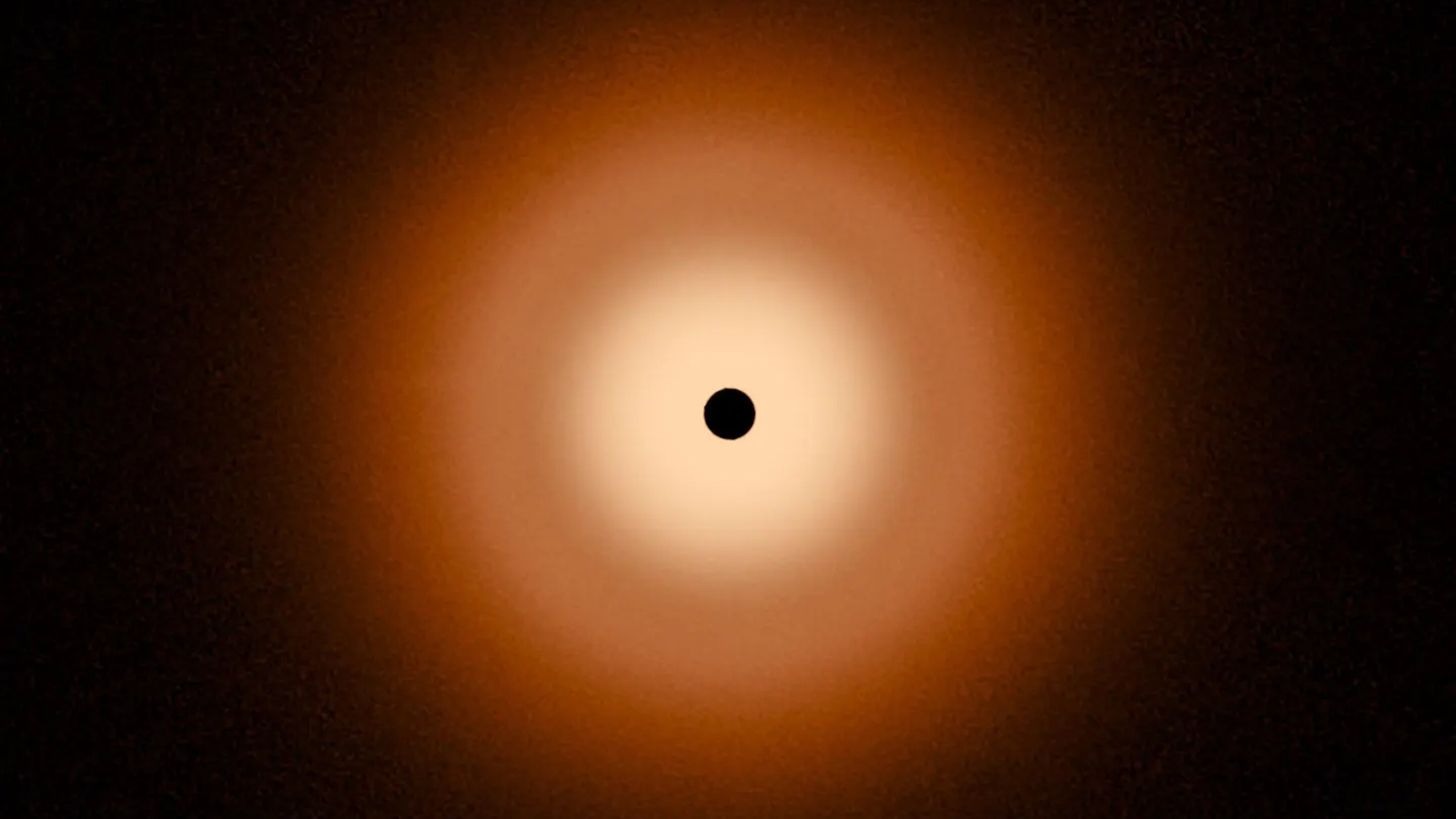IJMS, Vol. 24, Pages 10051: Temporal and Spatial Patterns of Inflammation and Tissue Injury in Patients with Postoperative Respiratory Failure after Lung Resection Surgery: A Nested Case–Control Study
International Journal of Molecular Sciences doi: 10.3390/ijms241210051
Authors: Jay Kormish Tejas Ghuman Richard Y. Liu Sadeesh K. Srinathan Lawrence Tan Kristen Graham Stephanie Enns Gordon Buduhan Andrew J. Halayko Christopher D. Pascoe Biniam Kidane
Thoracic surgeries involving resection of lung tissue pose a risk of severe postoperative pulmonary complications, including acute respiratory distress syndrome (ARDS) and respiratory failure. Lung resections require one-lung ventilation (OLV) and, thus, are at higher risk of ventilator-induced lung injury (VILI) attributable to barotrauma and volutrauma in the one ventilated lung, as well as hypoxemia and reperfusion injury on the operated lung. Further, we also aimed to assess the differences in localized and systemic markers of tissue injury/inflammation in those who developed respiratory failure after lung surgery versus matched controls who did not develop respiratory failure. We aimed to assess the different inflammatory/injury marker patterns induced in the operated and ventilated lung and how this compared to the systemic circulating inflammatory/injury marker pattern. A case–control study nested within a prospective cohort study was performed. Patients with postoperative respiratory failure after lung surgery (n = 5) were matched with control patients (n = 6) who did not develop postoperative respiratory failure. Biospecimens (arterial plasma, bronchoalveolar lavage separately from ventilated and operated lungs) were obtained from patients undergoing lung surgery at two timepoints: (1) just prior to initiation of OLV and (2) after lung resection was completed and OLV stopped. Multiplex electrochemiluminescent immunoassays were performed for these biospecimen. We quantified 50 protein biomarkers of inflammation and tissue injury and identified significant differences between those who did and did not develop postoperative respiratory failure. The three biospecimen types also display unique biomarker patterns.

 1 year ago
39
1 year ago
39


